
Speak now


I’m Sorry. I didn’t get that.
Hong Kong Tourism Board
Hong Kong Tourism Board
Hong Kong UNESCO Global Geopark
Hong Kong UNESCO Global Geopark is home to incredible geological features, including impressive volcanic rock formations, sea stacks, caves and even tombolos to explore.
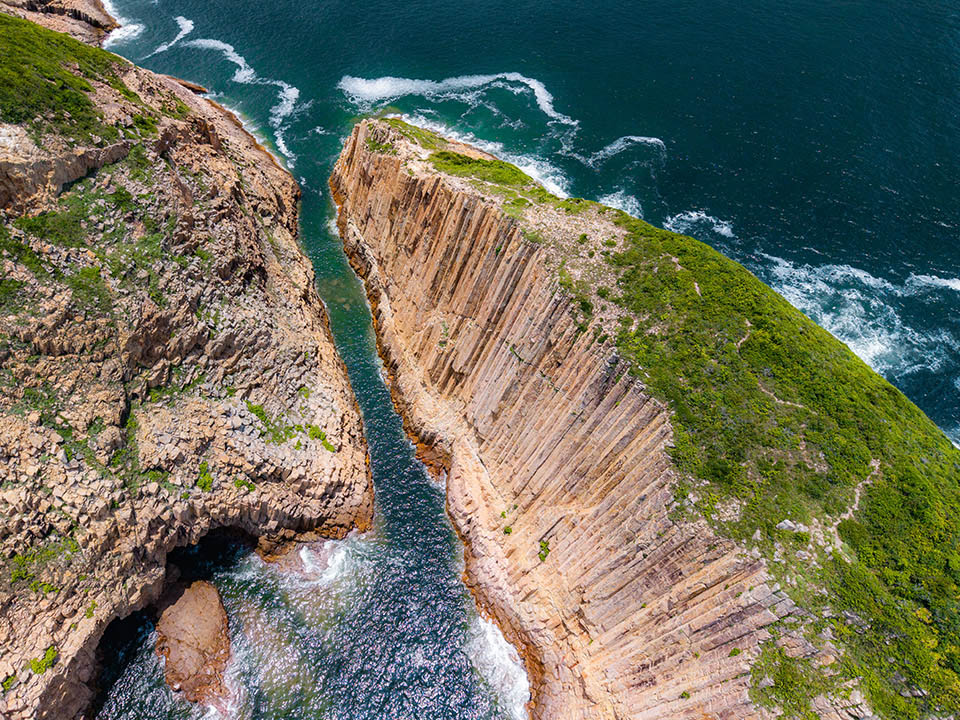









The Sai Kung Peninsula is known for its rolling hills, country parks, uninhabited islands, white sandy beaches and breathtaking coastline, featuring towering cliffs, sea caves and arches. These geo-heritage wonders are best admired from the sea on a half-day boat trip from Sai Kung.
Located in eastern Hong Kong, the Hong Kong UNESCO Global Geopark comprises two distinct geological regions: the Sai Kung Volcanic Rock Region and the Northeast New Territories Sedimentary Rock Region.
Within the Sai Kung Volcanic Rock Region, the Ung Kong Group and Ninepin Group, feature hexagonal volcanic rock columns. The Hong Kong Geopark joined the Global Geoparks Network in 2011 and was renamed Hong Kong UNESCO Global Geopark in 2015.
Explore two regions of the enchanting Hong Kong UNESCO Global Geopark over two days
- Day 1
- Day 2
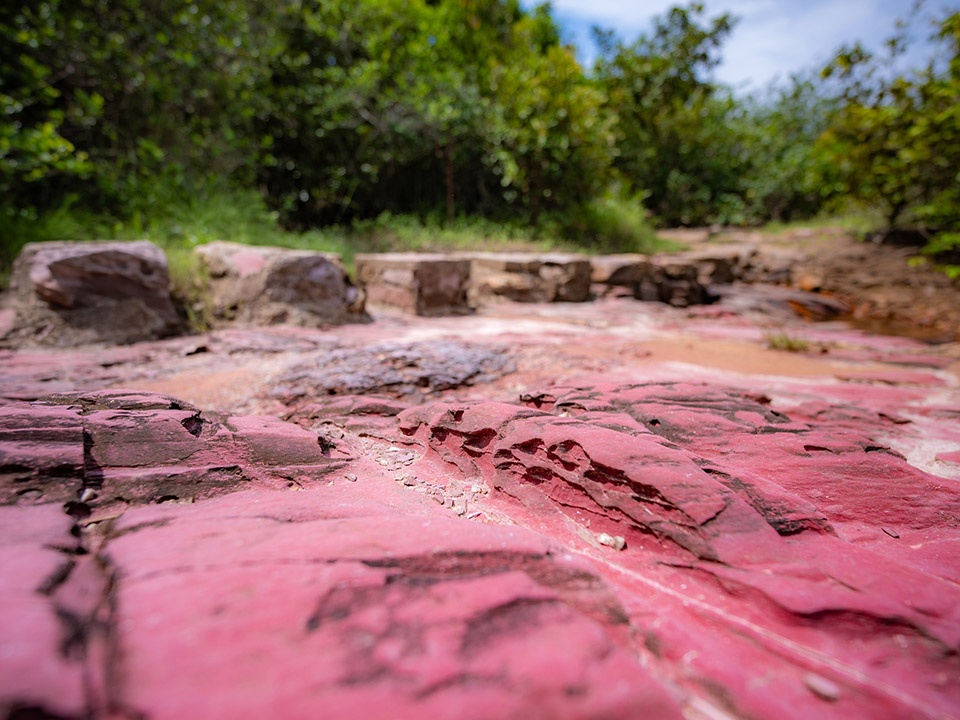
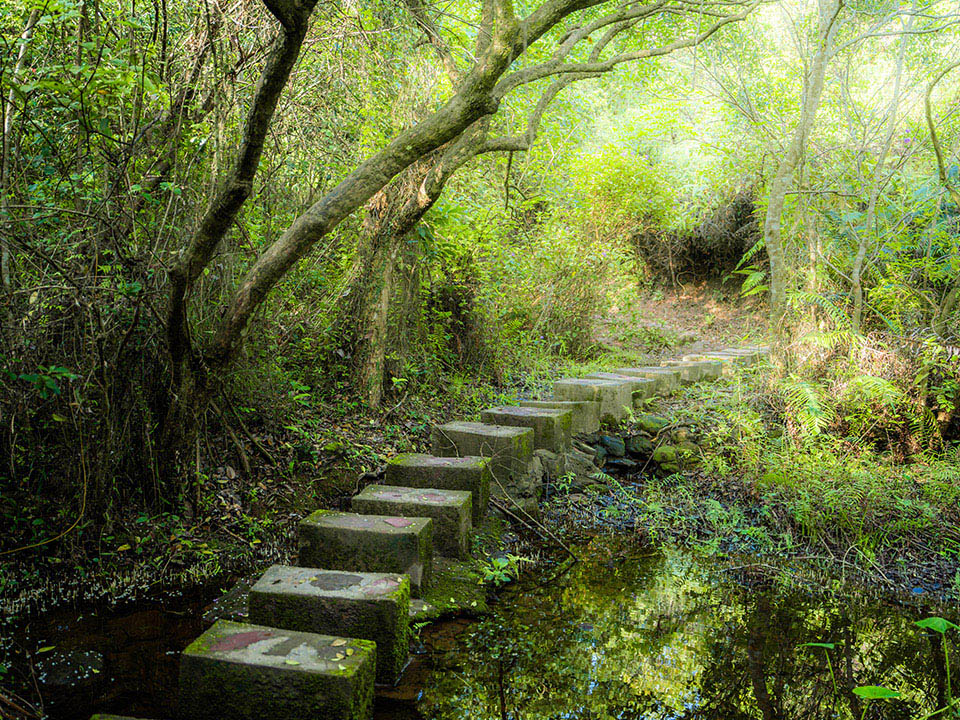
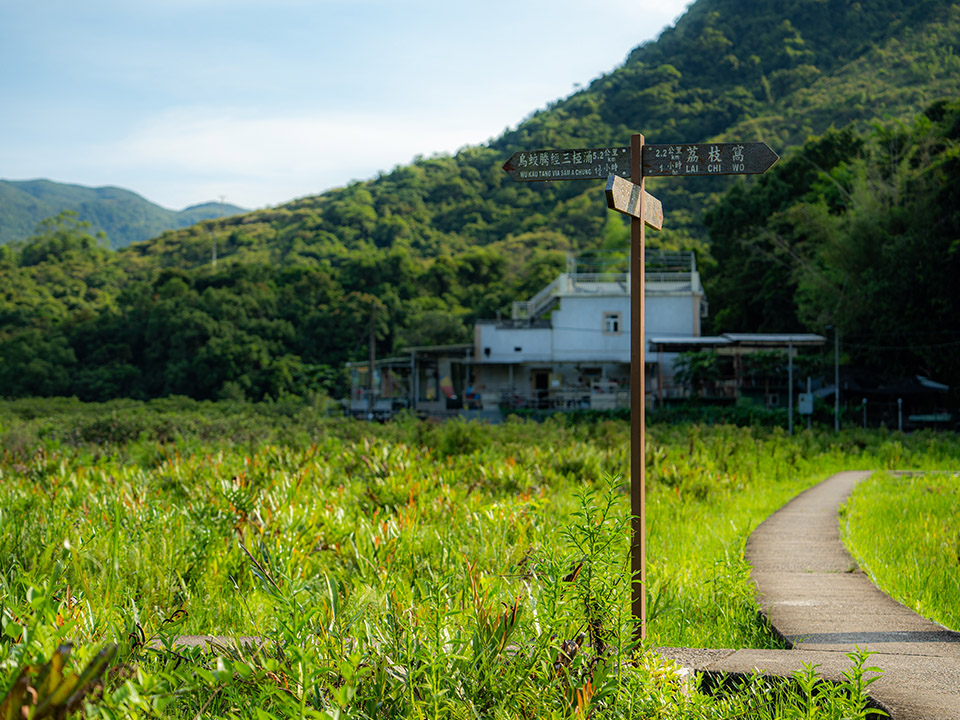
This popular hike starts from the Wu Kau Tang Bus Terminus and ends at the Hakka commune of Lai Chi Wo in northeastern Hong Kong.
You can climb to the top of the 416-metre hill, Tiu Tang Lung, to enjoy the spectacular view, or choose a gentle trail to the village of Sam A Tsuen that is characterised by its pink and reddish siltstone coastline, before reaching Lai Chi Wo.
Along the way, you will come across lush woodland greenery, home to many species of insects such as butterflies and lantern bugs, small farms, mangroves and glimpses of village life.
Distance: about 8 km | Time: 2.5 to 3 hours | Difficulty: moderate
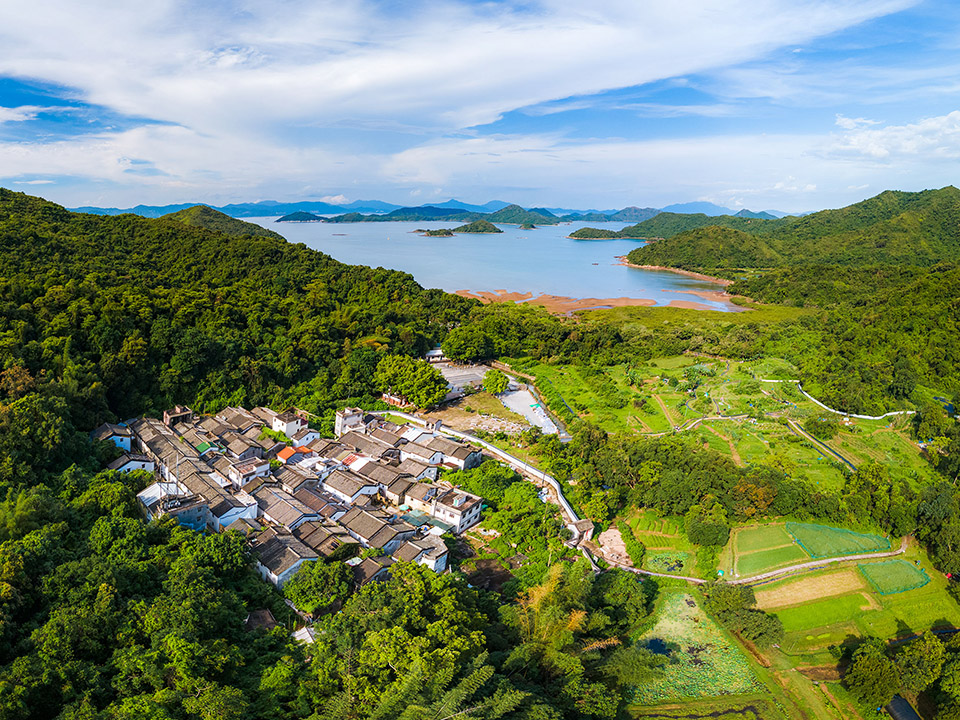
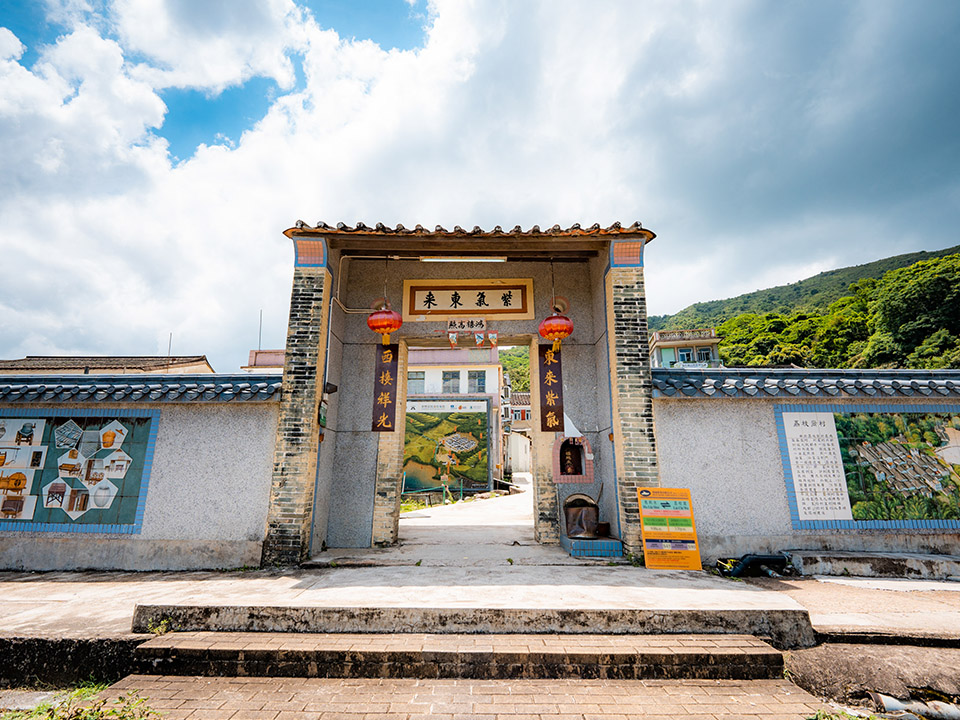
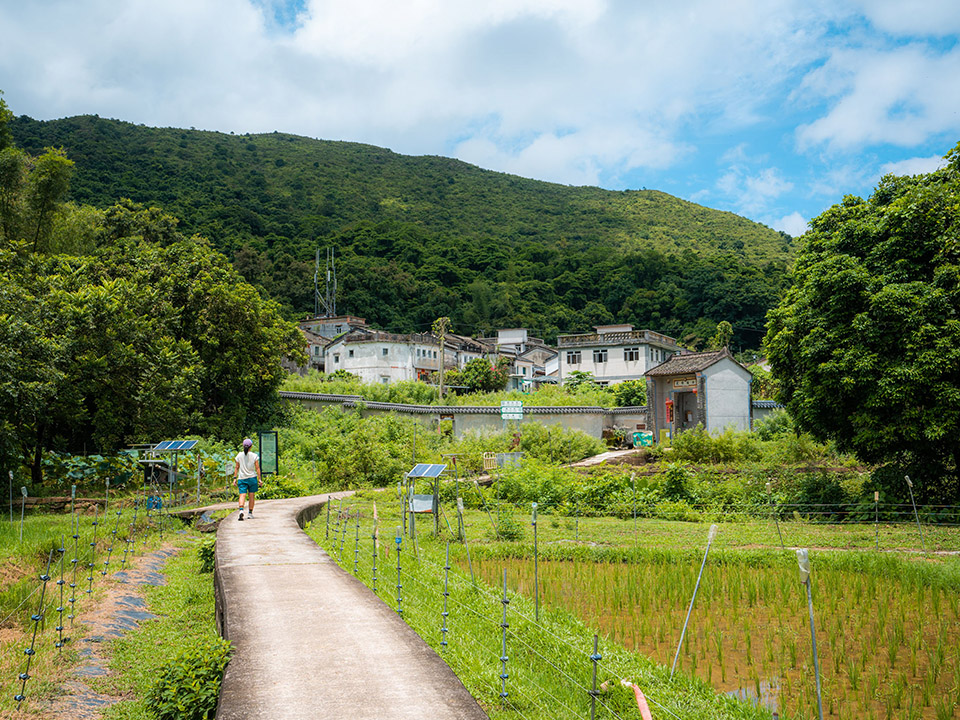
Decades of revitalisation work, which began in the early 2010s, has turned the clock back for this 400-year-old Hakka village of more than 200 houses and three ancestral halls.
Life has once again resumed, with joint efforts between villagers and non-governmental organisations bringing back farming to help educate the public about sustainability.
At weekends, shops and stalls serving traditional Hakka rice dumplings are open, alongside a cafe selling organic coffee and local produce, which has generated much buzz.
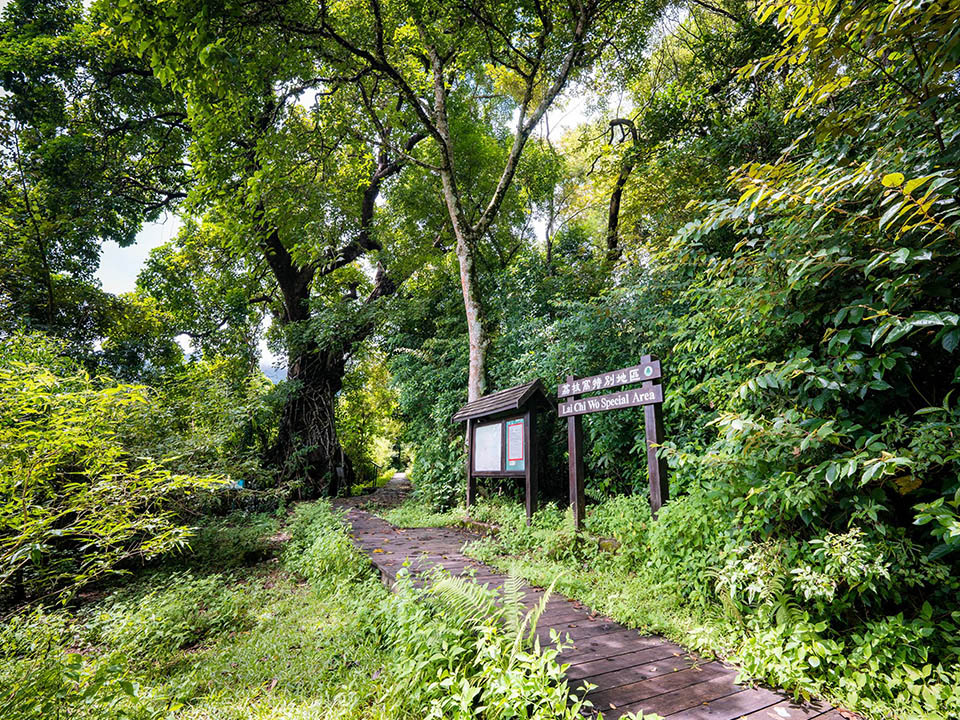
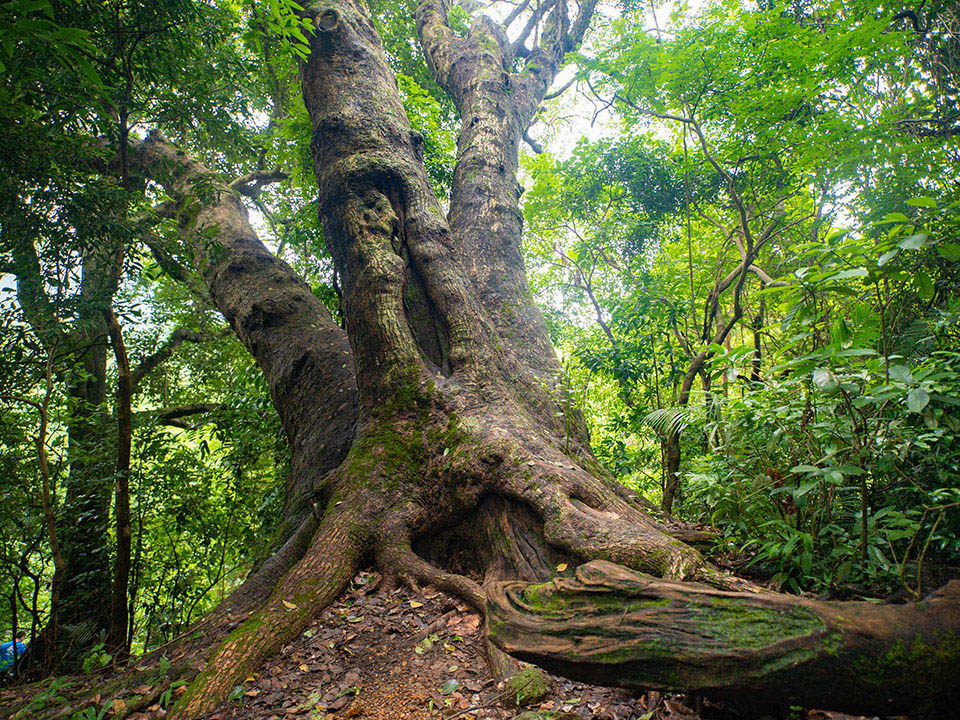
A majority of traditional villages were built near ‘fung shui’ woods, forests that provide both practical and ecological benefits to residents.
Lai Chi Wo is no exception. The lush trees to its northeast serve as a natural barrier to help moderate microclimate changes across the area and also once provided food and herbal medicine for villagers.
Its natural charm remains and it is a favourite, photo-worthy spot among visitors, as well as home to three entries in the city’s Register of Old and Valuable Trees of Hong Kong.
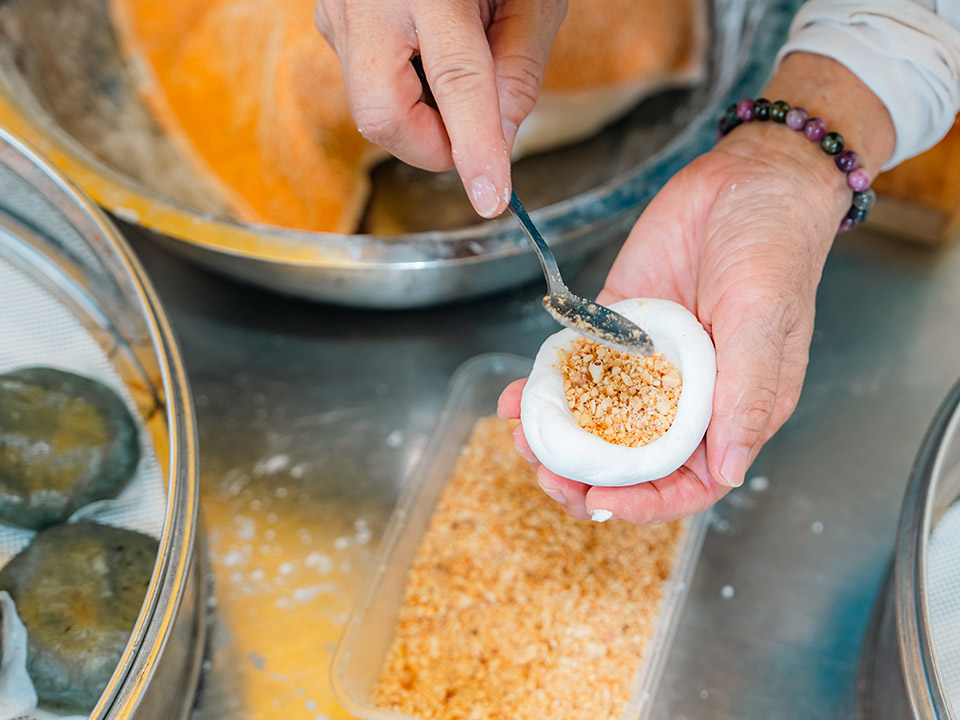
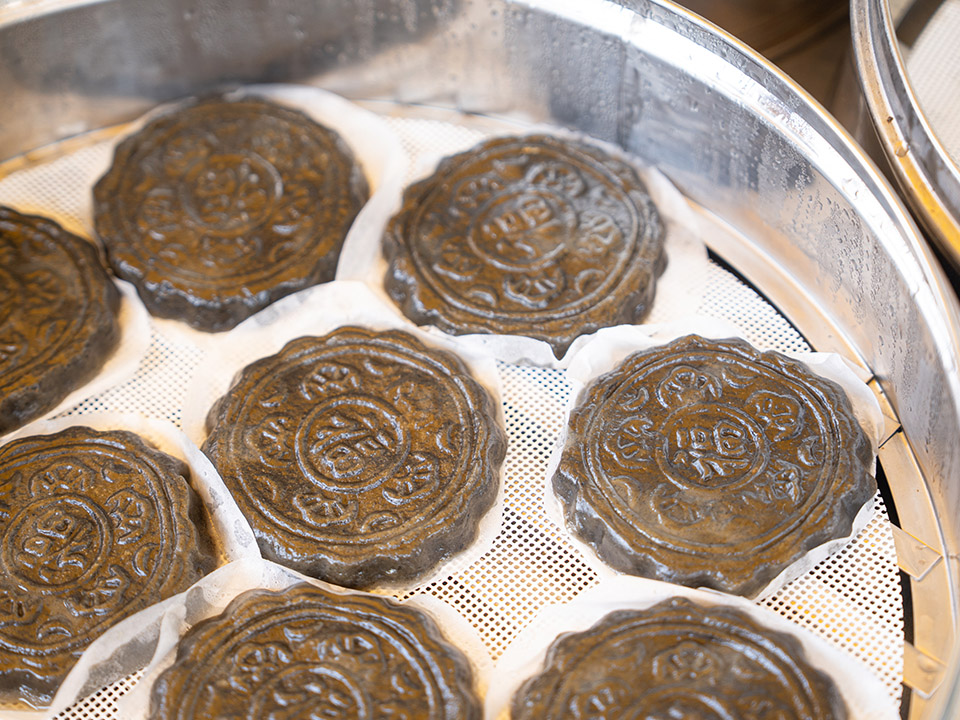
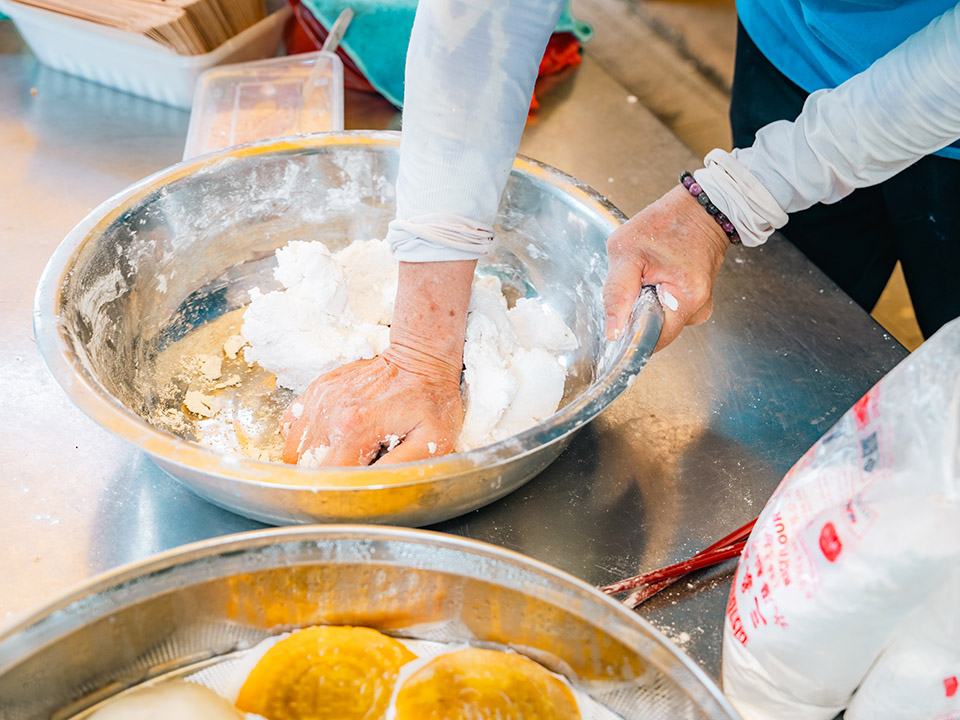
Restoration of the villagers’ pride in their traditions forms the core of Lai Chi Wo’s revitalisation.
Locals hold regular workshops to show visitors how everything is made, from roof tiles to natural mosquito repellents.
Classes that teach the art of making the Hakka dumpling, or cha guo, are immensely popular. The dumpling is a glutinous rice ball with either sweet fillings, such as red bean paste, or savoury ingredients, such as dried shrimp, pork and radish.
Check out the workshop schedule at the website: https://lcwhakkalife.wixsite.com/hakkalifeprogram/copy-of-accommodation-4.
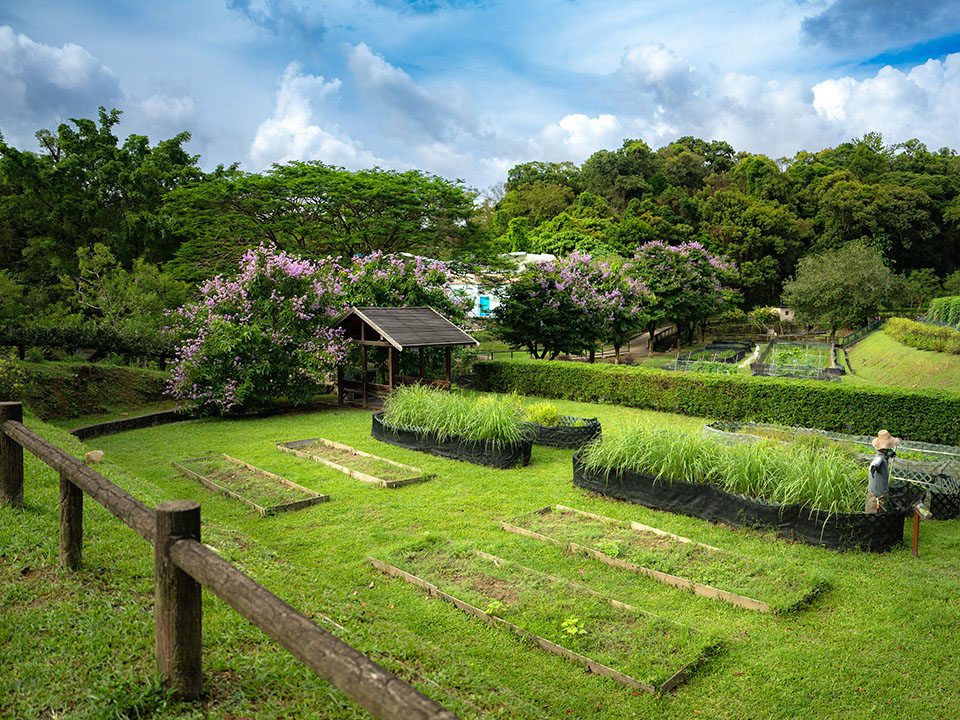
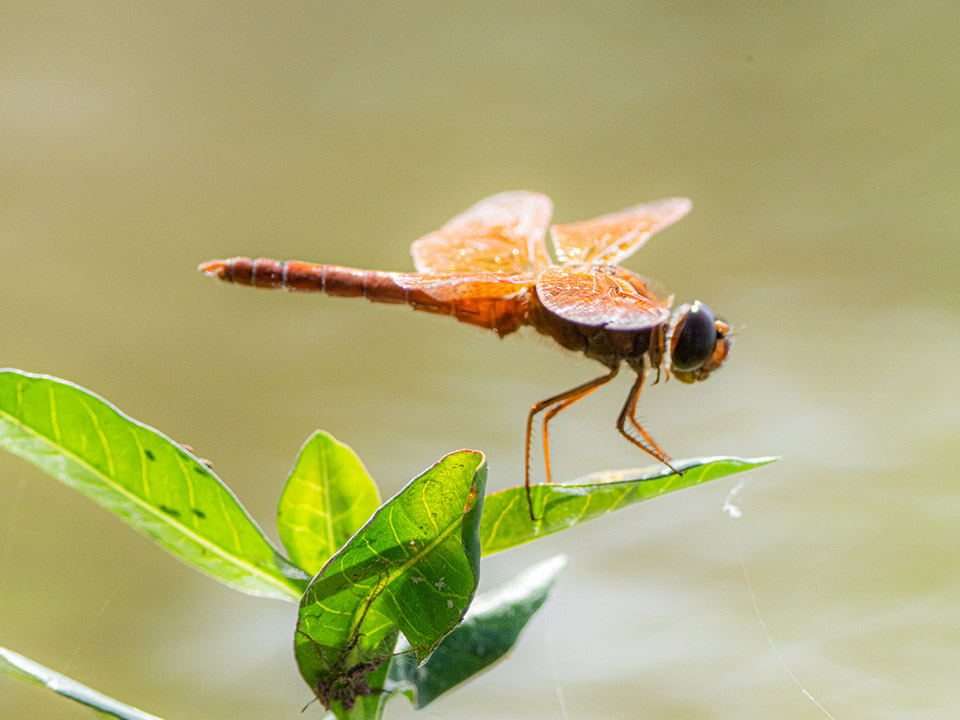
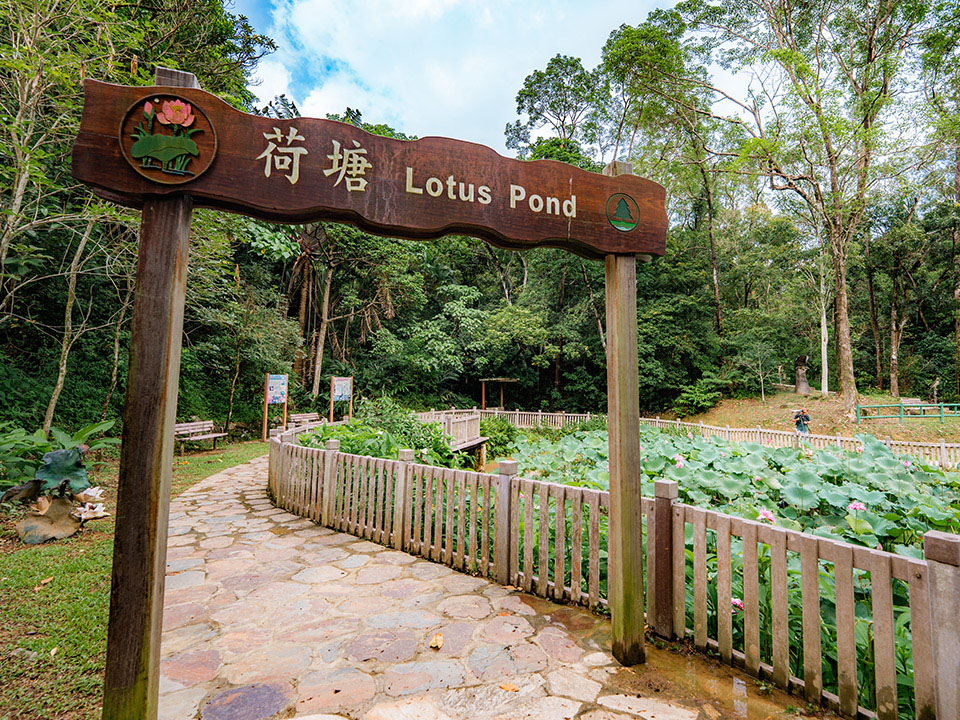
Not far from downtown Sai Kung lies the 16-hectare education centre that features five exhibition halls and well-manicured outdoor green areas that include a banana grove, a Chinese herbal garden and a bamboo grove.
Permanent exhibitions explain rock formations and shell species in the region, while the Dragonfly Pond provides a thriving environment for a diverse range of aquatic plants, as well as more than 100 species of dragonflies.
The centre is open daily from 9:30am to 4:30pm except Tuesdays.
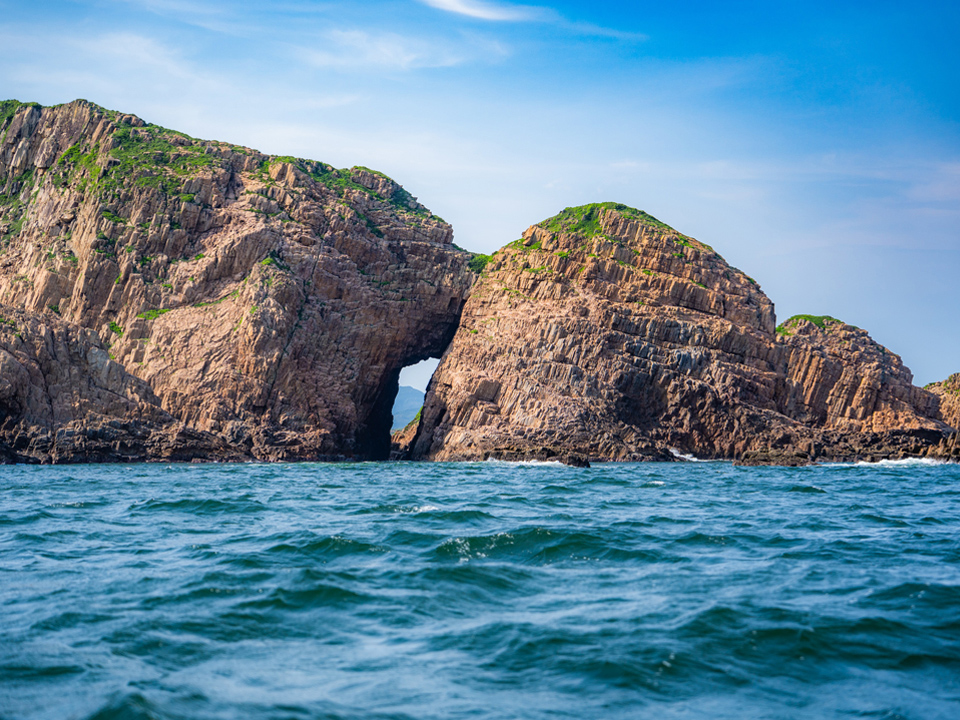
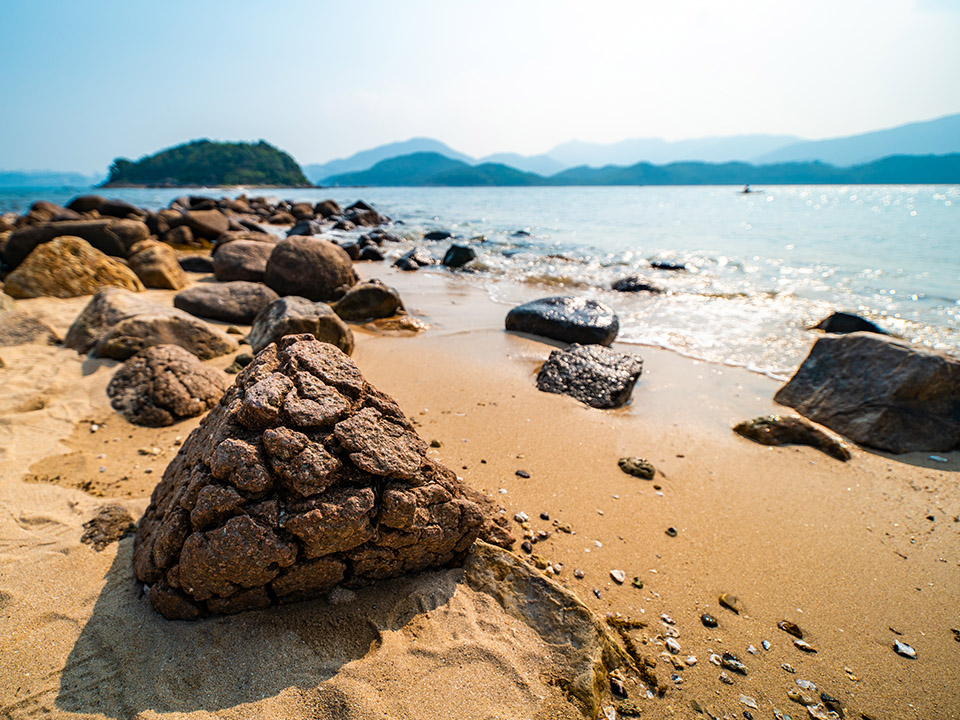
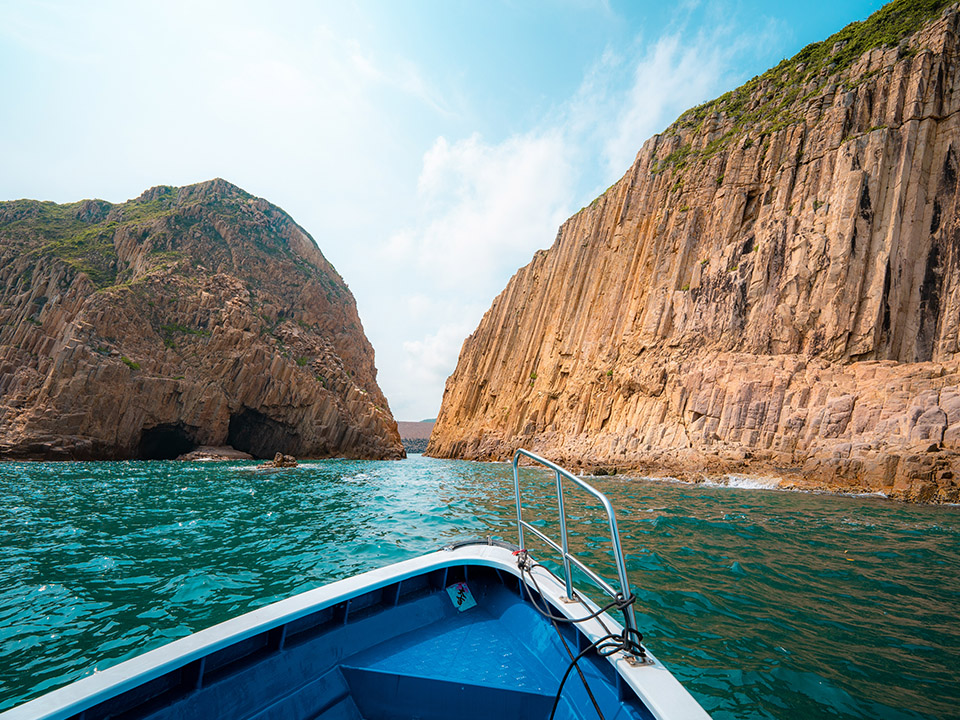
To visit the Sai Kung Volcanic Rock Region, visitors should pay attention to the current weather conditions, the safest bet is the one listed in the Recommended Geopark Guide (prior booking required by contacting operators directly).
The area is home to both inhabited and uninhabited islands. One of the most popular routes is a two-hour experience that covers Sharp Island, known for its ‘pineapple rocks’, tombolo and Elephant Trunk Cave, the bell-shaped arch at the southern tip of Jin Island, dramatic archways of Basalt Island and hexagonal rock columns of Po Lin Chau.
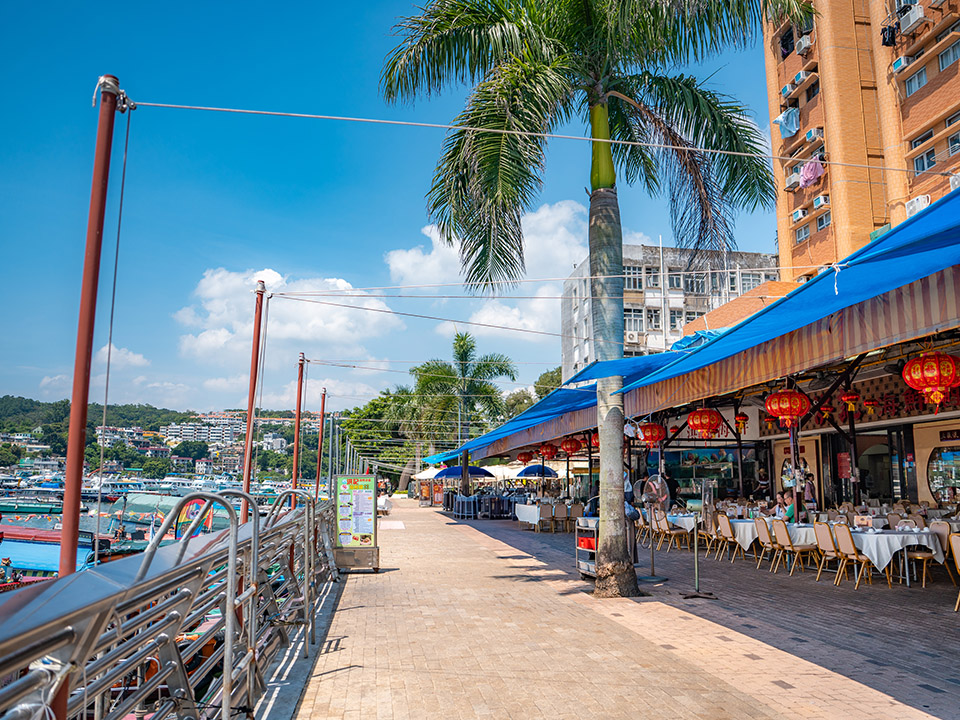
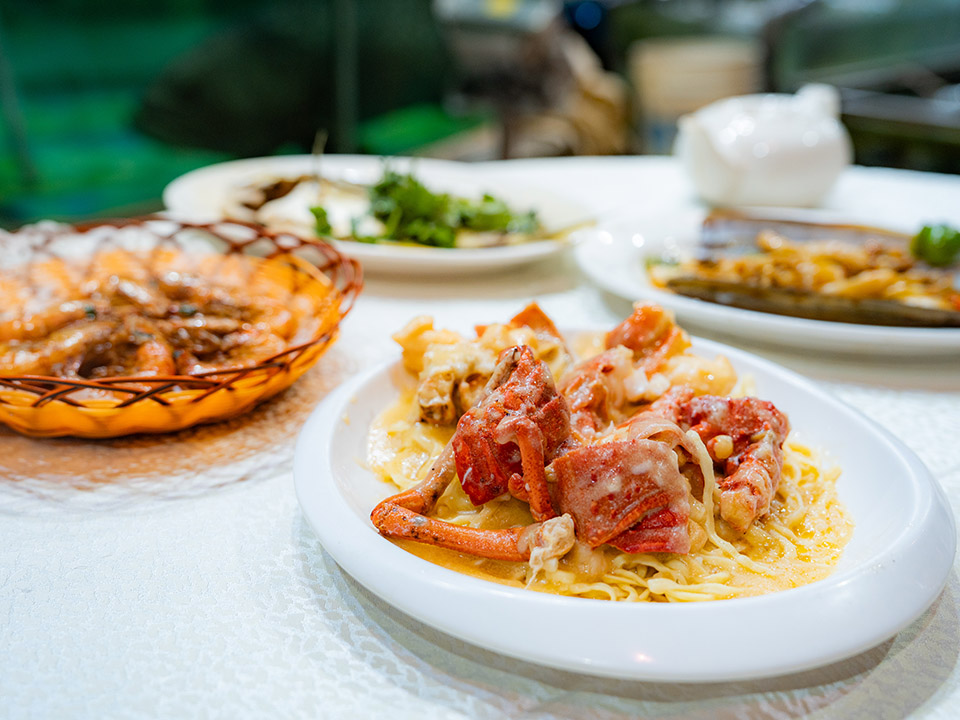
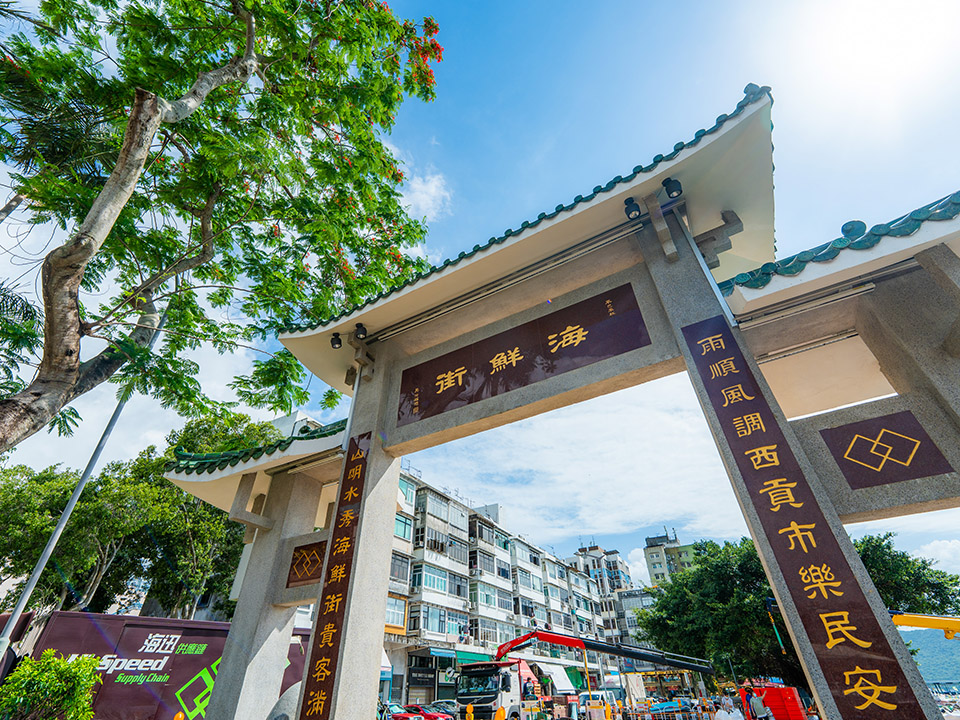
This waterfront area, officially called Sai Kung Hoi Pong Street, has long been famous for its local seafood experience, alfresco environment and vibrant atmosphere at weekends.
Visitors walk up to the fish tanks, choose the desired fresh catch and tell the staff how they like it prepared.
Classics include steamed garoupa served with soy sauce, ginger and coriander, alongside baked lobsters served in a cheese sauce with e-fu noodles.
A la carte prices are seasonal, whereas set menus offer a decadent seafood feast at affordable prices.
Refuel
- At weekends, shops located in small village houses along Double Haven Country Trail offer provisions such as soft drinks, snacks and even hot noodles and fried rice. But on weekdays, visitors are recommended to bring their food and drinks.
- Lions Nature Education Centre features a cosy, relaxing cafeteria staffed by individuals with disabilities. It offers unfussy food and drinks, such as burgers, pizzas and a good cup of coffee.
Accommodation
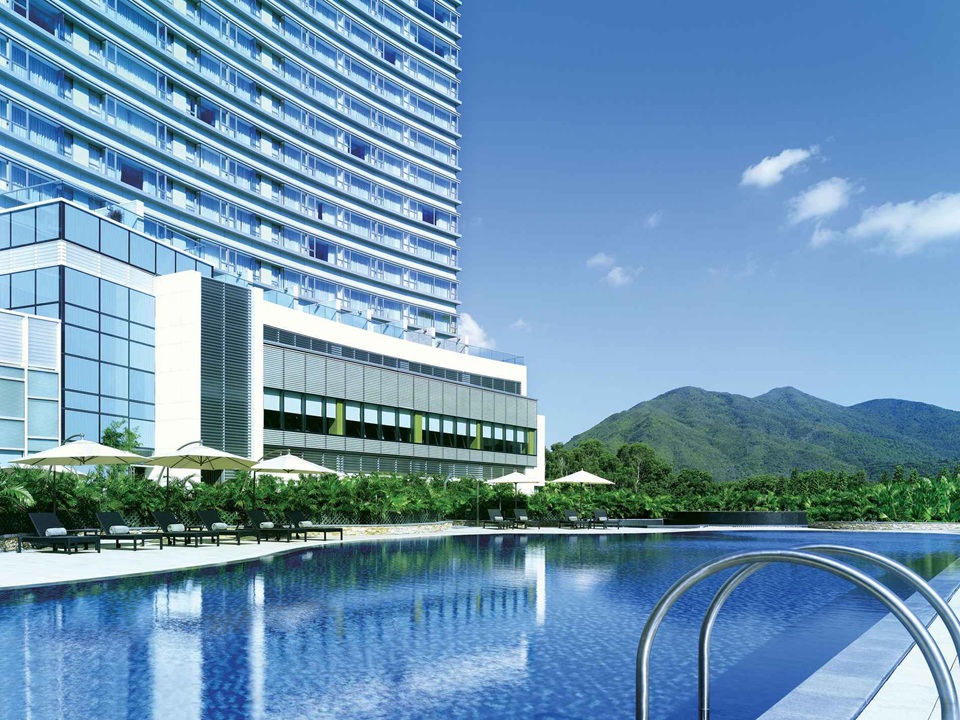
Hyatt Regency Hong Kong, Sha Tin
For a comfortable place to stay after visiting Lai Chi Wo, consider spending the night at the stylish Hyatt Regency Hong Kong, Sha Tin. The hotel is conveniently located, it’s just a 20-minute walk or a short taxi ride from Ma Liu Shui Pier, which connects the Hakka village to the city’s transport network. The last boat departs from Lai Chi Wo at 3:30pm on Saturdays, Sundays and public holidays.
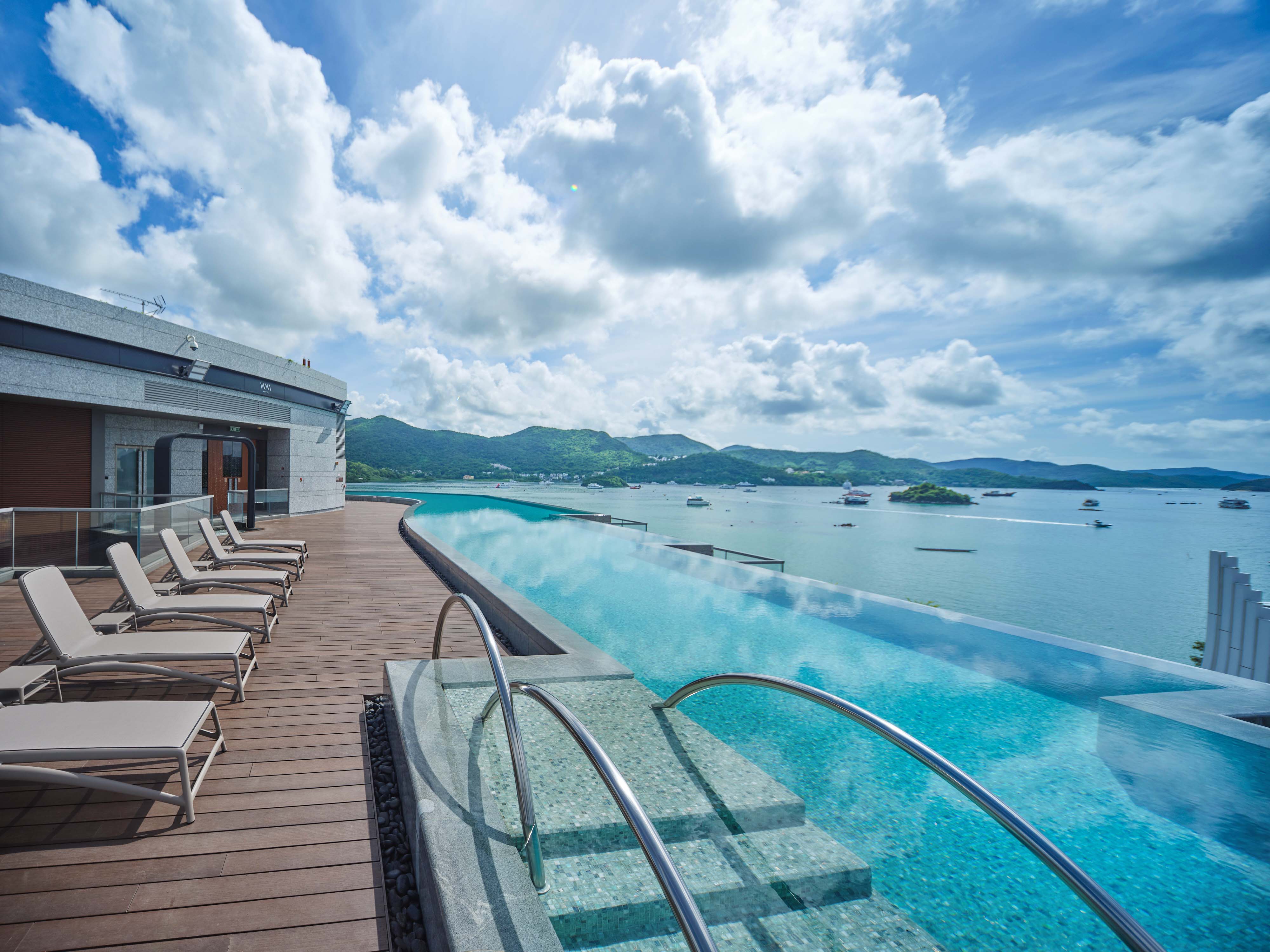
WM Hotel Hong Kong
Alternatively, head over to Sai Kung Town to stay at the luxurious WM Hotel Hong Kong, which is less than a 10-minute walk from the bus terminal. It offers a snaking, rooftop infinity pool and stunning views of seascapes and rolling mountain ranges.
Transport
Getting to Double Haven Country Trail
From MTR Tai Po Market Station, Exit A3
Take green minibus 20R or bus 275R to Wu Kau Tang.
Leaving from Lai Chi Wo
On Saturdays and Sundays, a kaito ferry departs at 3:30pm, heading to Ma Liu Shui New Ferry Pier, which is about a 15-minute walk from MTR University Station. The ferry journey takes about 1.5 hours. Please note that the ferry service is infrequent and operates only on specific days. Check the Transport Department website for the latest schedule.
Getting to Lions Nature Education Centre
From MTR Diamond Hill Station, Exit C2
Take bus 92 or bus 96R (available on weekends and public holidays).
From MTR Choi Hung Station, Exit C2
Take minibus 1A.
From MTR Po Lam Station, Exit B1
Take minibus 12.
From MTR Hang Hau Station, Exit B1
Take minibus 101M.
Leaving from Sai Kung
To MTR Diamond Hill Station
Take bus 92 or bus 96R (available on weekends and public holidays) at Sai Kung Bus Terminus.
To MTR Choi Hung Station
Take minibus 1A at Sai Kung Pier PLB Terminus.
To MTR Po Lam Station
Take minibus 12 at Sai Kung Pier PLB Terminus.
To MTR Hang Hau Station
Take minibus 101M at Wai Man Rd PLB Terminus.
Information on this page is subject to change without advance notice.